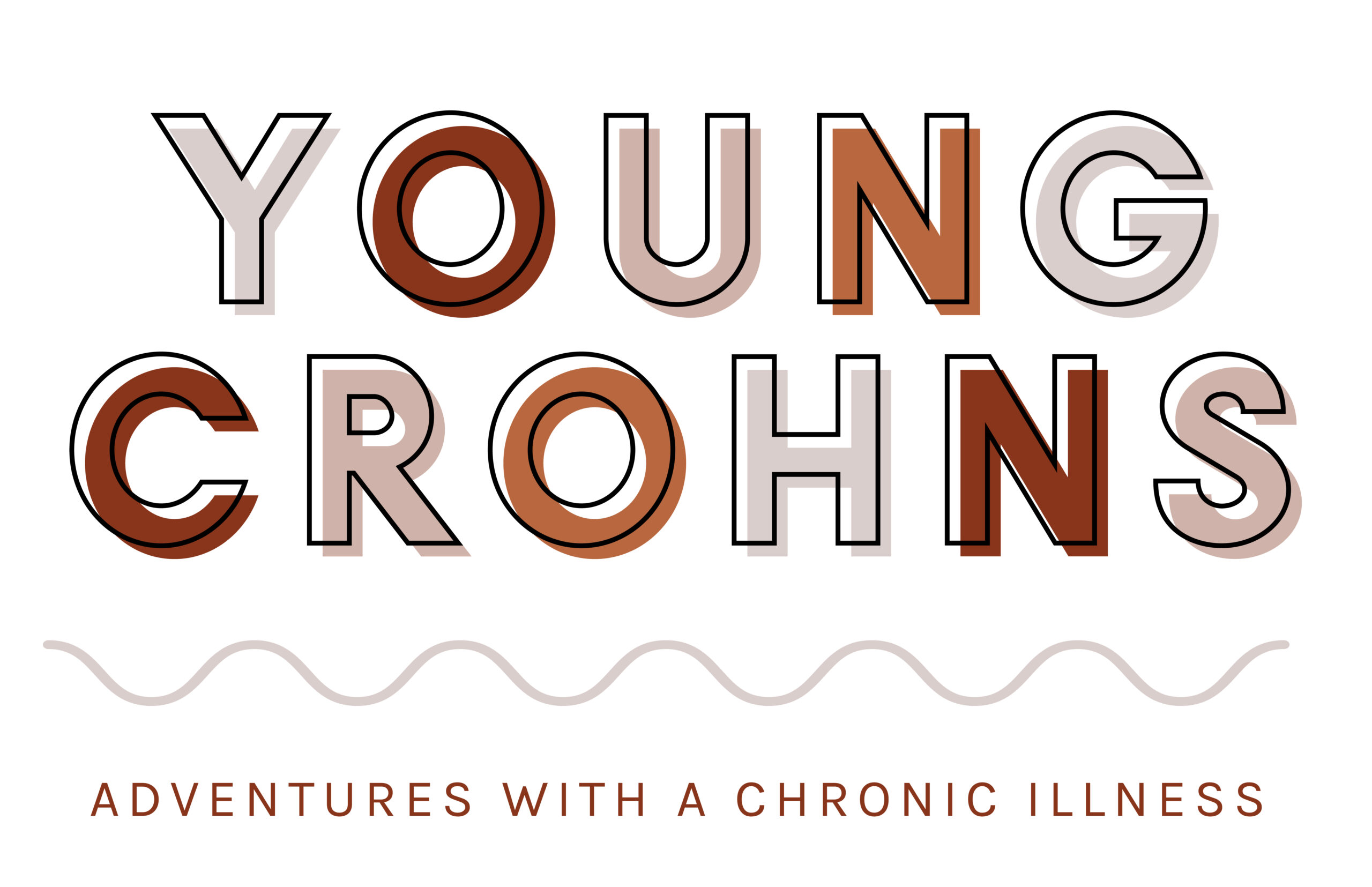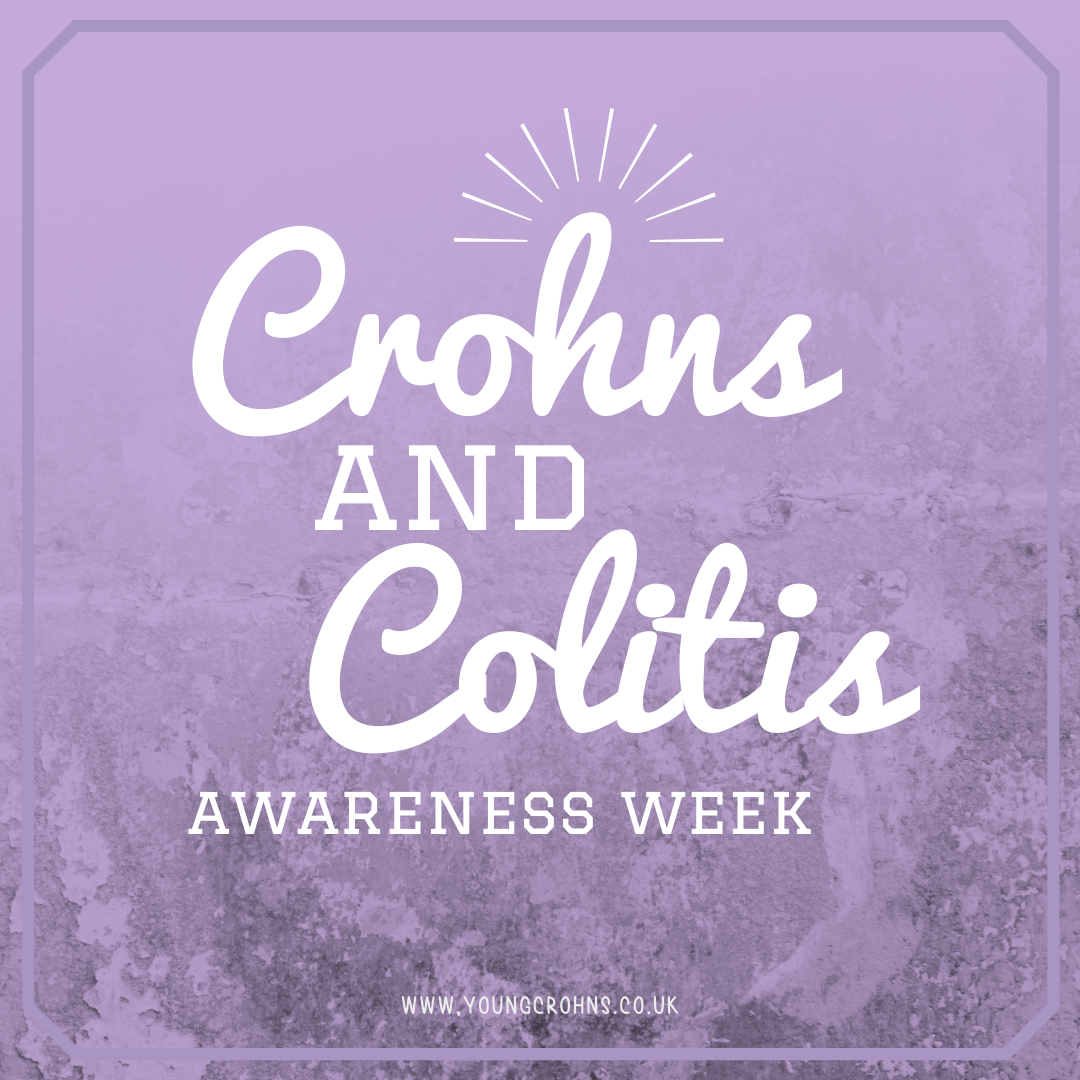
“What do cannulas feel like and how do you deal with problem veins?”
Tricky IV access. We’ve all be there at some time or another, right?
Some people are great and “lucky”, and some people always struggle to get cannulated the first time, and the same can be said for blood tests too. I struggled to become confident enough to tell the phlebotomist that I was difficult to get blood from, despite my own efforts to “bring my good veins” with me.
Initially, I thought I had to go through painful blood draws and cannulas because it wasn’t my “place” to tell someone they were hurting me and I knew better. However, that is no longer the case – for my own health, for advocating for myself and for my precious veins and sanity; I notify my nurse or the phlebotomist that I *can* be difficult to get blood from or cannulated.
Standing up (metaphorically) and letting them know, not only made it more pleasant for me, but it was easier for them too. There was no “pressure” to get it right or fail, it was just part of me having to have blood taken, have surgery or receive my infusions. However, I do still have tricky veins:
- They are small.
- They tend to move or roll at the feel of a needle.
- There is plently of scar tissue – I count close to 300 cannulas and blood tests combined in ten years!
- They can blow and fail without much reason.
- I have an ilesotomy which means hydration is key to me, so emergancy admits are tricky business for me and my veins!
- I have lots of junctions and valve on my veins which can make it more difficult.

The purpose of cannulation
The purpose of cannulation is to deliver fluids, antibiotics and blood products intravenously (into the vein) to improve the condition for which a patient is being treated. Cannulation is used for the following main purposes when treating sick patients:
- Rehydration with fluids
- Administration of antibiotics to treat infections
- Administration of blood products by transfusion
- Surgery which requires a general anaesthetic or procedure requiring IV medication.
How do they *actually* feel?
A cannula should never be painful.
It may hurt while they insert the needle (depending on the gauge of the needle and size of your own veins, which only comes with experience and practice) but once your nurse flushes the line with saline, it will not hurt.
It hurting can be caused by the vein blowing once under the pressure of saline through it – usually happens when the placement moves and it infiltrating the surrounding tissue – or the vein actually closing off after the needle is withdrawn and the flush does not pass.
Sometimes, certain medications will sting going through a cannula – an example here I remember is some IV antibiotics, which are given very slowly manually by a nurse – and other medications which might be used in long term treatment plans. If this is the cause, your nurse will let you know if that should happen. If not, pain is not normal. You need to let someone know and they can go from there.
Problems:
- Small veins
- Overused veins for blood work and cannulas
- Scar tissue
- Valves in the junctions between vessels
- Dehydration
- Fear of pain
How to Solve:
Unfortunately, there is no fix for small veins, overused ones, scar tissue or valves. But we can work with what we have got!
I’ve highlighted my favourite tips in bold for reference 🙂
1. Get warm
When the body is warm, blood flow increases, dilating the veins and making them easier to find and stick. You can try:
- Apply a hot washcloth to the area you plan to infuse for several minutes beforehand.
- Soak the hand or arm in warm water or run it under the faucet for five minutes.
- Take a hot shower or bath before your infusion.
- Gently massage the area over the chosen site.
2. Hydrate
When the body is properly hydrated, veins become more dilated. Try to take in extra fluids the day before an infusion. Fluids can be anything but energy drinks or alcohol. Try to avoid trying to drink a lot of fluid the night before an infusion to make up for a lack of hydration earlier—you’re likely to end up with disrupted sleep from having to go to the bathroom a lot overnight – and you’ll also find that fluid will leave your body before your infusion too!
3. Use gravity
Increase blood flow to your arm and hand by letting gravity do the work.
- Lie in the chair or bed and let the arm you plan to infuse hang down. Slowly making a fist or squeezing a ball and releasing it over and over will also increase blood flow to the area.
4. Use Equipement
If after several attempts at cannulation through the regular method and using some of the tips above, some nurses go for the vein scanner (if available) or a portable ultrasound (also, if available). Both of these methods require a specially trained nurse (not always on shift or available) but do get good results. A cannula placed under ultrasound has a messy cleanup but both have worked well for me in the recent infusions I’ve had.
5. Relax
Sure, it is definitely easier said than done when you’re about to have a needle stuck into your vein, but tension can further constrict veins, making infusion even more difficult. Put on some relaxing music, breathe in and out calmly and don’t be hard on yourself if you have difficulty—you can do this.
Until next time,

Do you have any questions or queries? Or just want to share your own experiences? You can leave me a reply here or leave comments via my social media accounts – on Twitter, find my blog page on Facebook and over on Instagram
If you enjoyed this post check out Biological Treatment, Gratitude and Being Comfortable in Hospital and IBD Basics: Blood Tests





